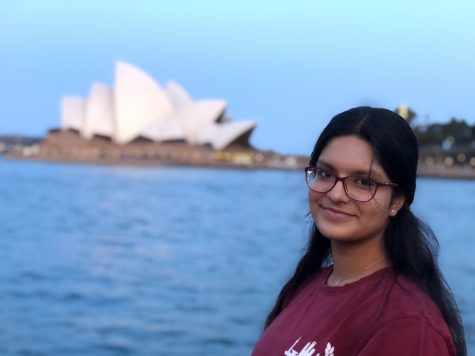Work in Progress
We’ve all heard about the importance of diversity in school. Student diversity is often advertised as a key aspect of ISL. And while there are significant improvements to be made on the issue, it is frequently discussed. Diversity and heteronormativity within the structure of the school itself, however, is rarely a topic of conversation. Things like sexual education, inclusion in the curriculum, and school culture need to be priorities for all schools. Before examining the situation at ISL, it’s important to understand why exactly LGBTQ inclusive education is so important. LGBTQ students are constantly discriminated against. They face microaggressions from their peers, homophobic environments at home, and overall disgust from society. School doesn’t need to add another layer of hate. Because of the prejudice that these students face, schools need to take an extra step to ensure that the LGBTQ community feels like they have a concrete support system.
I think the fact that I had to explain why LGBTQ students need to feel included at ISL says enough in itself. The culture surrounding the LGBTQ community at our school is extremely problematic. Slurs are thrown around casually, ‘gay’ is used as an insult, and subtle, not-so-subtle, homophobic comments are made by more than a few students. I am aware that there is not much direct action that the school can take in terms of the mindsets of students, but there is a key tool that is available to them. Education. That is what we’re all here for, isn’t it? The inclusion of the community in classrooms makes a huge difference.
This entire year, in our curriculum, the LGBTQ community was not once mentioned, apart from a Sex Ed session conducted by Mr Johnston for year 11 a few weeks ago. In the session, he spoke about gender identity and sexuality in detail, explaining the difference between sex, gender, and expression. In the short time that he had, he was able to convey more information and spark more discussion than the entire year combined.
I decided to speak with Ms Vivian to learn more about Sex Ed at ISL and the steps that they are taking to promote inclusion. Ms Vivian, when talking about the process of designing the Sex Ed curriculum, stated that the school used UNESCO’s comprehensive guide as a basis for the Sex Ed in the secondary school. However, after reviewing the guide, I found that it Cincludes minimal information about LGBTQ sex, only touching on the mental health of queer students. Explicit education about LGBTQ sex is immensely important. There is widespread misinformation about STIs and contraceptives when it comes to lesbian or gay sex. The AIDs epidemic in the late 1990s was a tragic example of what happens to queer people when they do not get the sexual support that they need and deserve. When asked about whether she thinks that progress has been made in recent years, she said that it was hard for her to say, but ‘not as much as [she] would like’. She went on to say that there ‘is always space for more’. I asked her about the involvement of LGBTQ induviduals in the curriculum, she added that discussions with the Pride Alliance and the leadership have taken place, which is a step in the right direction.
Discussion regarding the LGBTQ community needs to be present outside of the few sessions we have in a year to discuss sex. It needs to be present in the books in English, the history we learn in Humanities, and the topics we discuss in French. It needs to be present from the very beginning, in the picture books with talking animals that we read in Reception. In fact, Year 7 did a project on this, and found it extremely lacking. This subtle integration can be extremely helpful to students who feel unseen and unwanted within the traditional, heteronormative school setting. Steps have been taken to enact this, with ‘books being swapped out’, such as the addition of I’ll Give you the Sun in year 9 English, and LGBTQ films being shown in different classes, according to Ms Gifford. While collective efforts to promote inclusion should be lauded, more is needed. The vast majority of LGBTQ students at this school do not feel welcome. I have spoken to a few recently who said that it was only this Tuesday, Pride Day, when they felt recognized and accepted by the school community. It is a failure of any school if any student at all feels unwelcome and unsupported. It is only through the community of teachers, parents, and students that this can be changed.

Hi! My name is Sharanya and I'm 17 years old. I enjoy expressing my (strong) opinions through op-eds. I am passionate about debating, poetry, and injustice....

